“By the sea, by the sea, by the beautiful sea. You and I, you and I, oh how happy we’ll be”
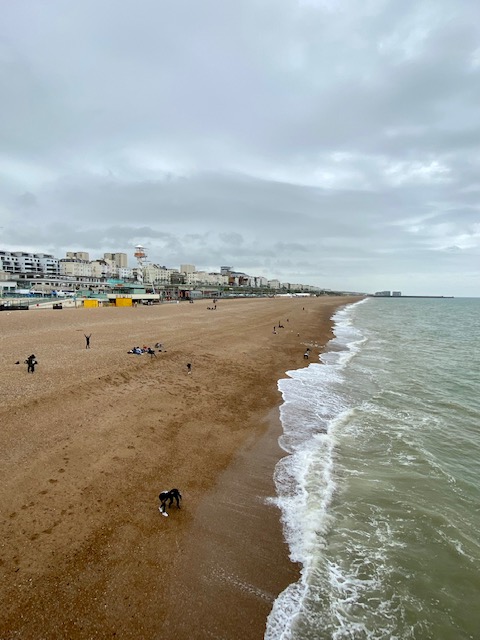
– Harold R. Atteridge and Harry Carroll, from the song written 1914
Brighton! “London-by-the-Sea,” Britain’s famous playland on the English Channel, 47 miles south of London. It grew from a small fishing town to a fashionable resort for the elite class, beginning in the mid-1780s. Today, it’s a party town, and vibrant cultural arts center, with a bohemian vibe that permeates the fresh sea air and lively Victorian city. A visit to the spectacular Royal Pavilion and Brighton Pier were on our agenda today.
Back in the day, Brighton was a popular retreat for therapeutic seawater remedies, taking advantage of its temperate climate. Sea bathing had long been praised as “the cure” for everything from general malaise to broken bones and deadly diseases. By the Victorian era, it became very popular and available to the masses.
George, Prince of Wales, discovered the benefits of Brighton back in the 1780s. The seaside well-suited the prince, a vain and extravagant man, with a passion for fashion, the arts, architecture, and good living. He rebelled against his strict upbringing and threw himself into a life of drinking, womanizing, and gambling. Away from London, he could indulge his vices and then some.
He eventually chose to build a royal palace there that resulted in the magnificent, Oriental-styled structure that we see today; with its onion domes and spires, combined with elegant Regency architecture. I’d describe it as Chinese on steroids.
Construction took several years, and it was George’s love of the visual arts and fascination with the exotic, mythical Orient that inspired him as he began lavishly furnishing and decorating. No expense was spared on the interior with its many rooms, galleries and corridors. He especially chose exquisite Chinese furniture, objets d’art, and hand-painted Chinese wallpapers … a sensory overload in opulence.
But, here’s the catch … George, nor any of his architects, designers, and interiors decorators had ever traveled to the Far East, resulting in a fantasized version of what a Chinese-styled room should look like. For example, the dragons hanging from the lamps and corners in the main ball room are not at all Chinese in style, but are instead Welch.
Everywhere you look are ferocious, threatening dragons flying and floating about, and snakes slithering and creeping, conjuring up much symbolism: omens of power, bravery, luck, wealth, good fortune … depending on which culture and civilization you choose. Here in the Royal Pavilion, they abound in the chaotic, thematic interiors.
George became King George IV in 1820. However, due to increased responsibilities and ill-health, once the interior of the Royal Pavilion was finally finished in 1823, he made only two visits thereafter. Queen Victoria made her first visit in 1837 and this gesture of royal approval thrilled the people of Brighton. However, the lack of space in the palace, and its association with her extravagant and indulgent elder uncle, made the queen feel uncomfortable. She wasn’t impressed with it; resulting in her now famous comment: “The Pavilion is a strange, odd Chinese looking thing, both inside and outside.”
So, Victoria sold her uncle’s pleasure palace to the town of Brighton in 1850. Thinking that the building would be demolished, she ordered it stripped of all its interior decorations, fittings, and furnishings, etc. for use in other royal homes. But, in 1864 the queen returned many items: chandeliers, wall paintings, fixtures, to bring the Pavilion back to its gilded glory.
David was pleasantly surprised upon seeing the fashion mannequins on display, interspersed among the room furnishings. Turns out it’s an accompanying, temporary exhibit, “The Regency Wardrobe.” They’re inspired from the Regency Period (1811-1820), and Brighton high society; think “Bridgerton-by-the-Sea.”
They’re elaborately designed and reimagined fashions of the time: ballgowns, column dresses (one is cleverly lit from within), a naval uniform, and accessories. But here’s the thing … the “clothes” are not fabric, they’re amazingly crafted from just paper and thread! Each unique piece is a beautifully, imagined garment created by artist Stephanie Smart. Genius.
A highlight to me is always a stop in a residence’s kitchen. Here’s it’s known as the Great Kitchen, very modern for its time and equipped with the latest kitchen technology. Copper – did you say copper?! Here there’s no shortage of the metal in pots and other accoutrements of the cooks. It’s a veritable copper shop!
Is the Royal Pavilion ostentatious? Over-the-top extravagance? Vulgar? Yes and no. Take your pick, but nevertheless, it’s eye-opening and thrilling to view. Words and pictures can’t describe and do it justice; the vivid colors, textures and details you encounter as you walk from room to room, each more amazing, more grandiose than the one before. Today the Royal Pavilion is a living testament to George IV’s Regency dream.
The world-famous, colorful Brighton Pier (formerly Palace Pier) is a short walk from the Pavilion. It’s a fantastically huge, family entertainment center, extending over 1,700 feet (1/3 of a mile) into the sea. The 100-year-old retro Victorian structure is lined with all sorts of amusements: arcade and video games, carnival rides, restaurants, food stalls and even a giant, spinning disco ball. I can only imagine it during summertime when it’s chock-a-block with festive crowds. One thing that surprised me was that the beach was rocky, not sandy. The British are hardy souls.
After walking the length of the mostly empty pier (it’s a dreary midweek day), we strolled into town and browsed through the narrow streets (Jew Street!), alleyways, restaurants and shops with wonderful window shopping. What’s surprising was the number of independent stores showing a variety of goods for all tastes and wallets. It was refreshing not to come across big chain stores. And an ECCO shoe shop stop proved successful … love them soles!
Time to bid adieu to Brighton, and head back to Canterbury, but not before stopping off in Rye. It’s an ancient, small medieval town (pop. under 5,000) with loads of storybook charm. The unique, cobblestoned streets appear suspended in time, managing to retain most of its incredible heritage and varied, untouched, architectural gems from throughout the centuries.
There’s medieval relics, a historic church cemetery, half-timbered houses and beautiful Georgian ones. Look here and there and even the smallest details delight: colorful spring gardens, potted plants and flowering bushes. There’s a quirkiness, nonsensical touch … walking along cobblestoned Mermaid Street we came across houses with names like “The House Opposite,” or the “House with Two Front Doors.”
Rye’s been a long-time favorite with poets, artists and craftspeople throughout the ages with its air of romance around every corner. There’s some great shopping, too with unique boutiques. David bought an Italian shirt adorned with crowned calaveras in honor of English/Mexican solidarity! Sadly, the local bakery was closed as David continues to search for the elusive Bakewell Tart.
The day was a chilly, wet one while out and about, so our bones needed a bit of warmth. For dinner we went out in search of some hearty soup and ended up across the way from our hotel at The Old Weavers Restaurant; located in a historic structure from the 15th-century. We ordered from their tasty, pub food menu; namely their famous Weaver’s Pie … rich lamb and rosemary pie and a chicken and sweet corn pie, served in a hot skillet with a puffed pastry, flaky top; both in delicious sauces.
To end a perfect day, a warm Treacle Sponge Pudding, sweet and rich in a sticky sauce with creme Anglaise poured over it all for a sinful finale.

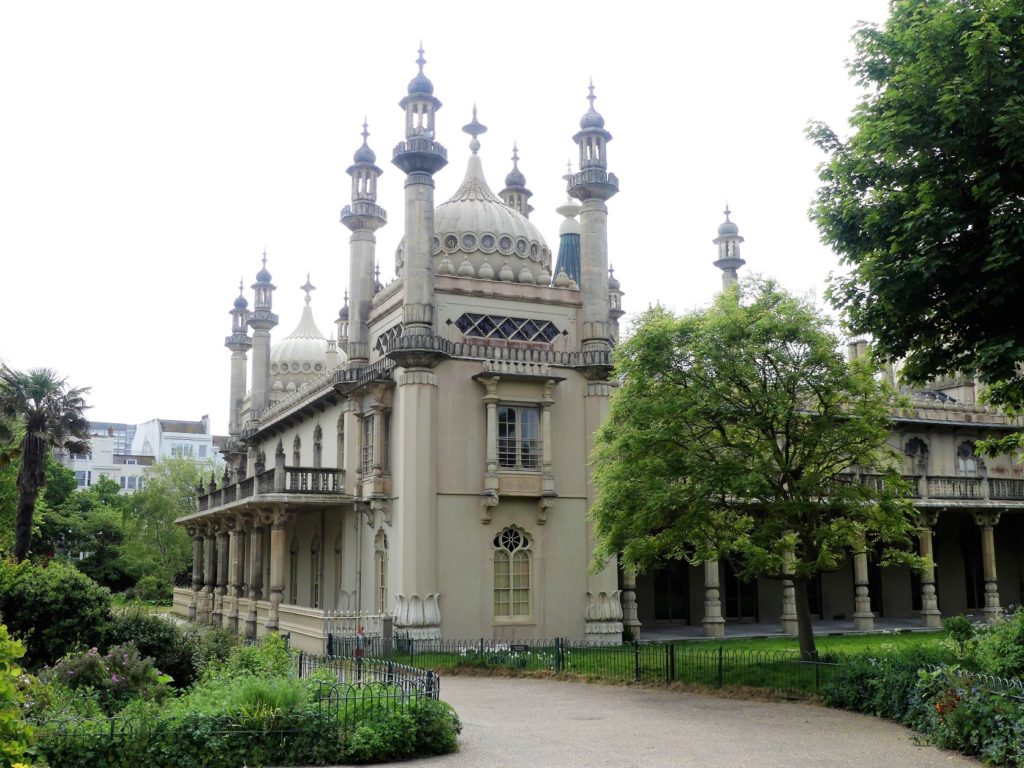
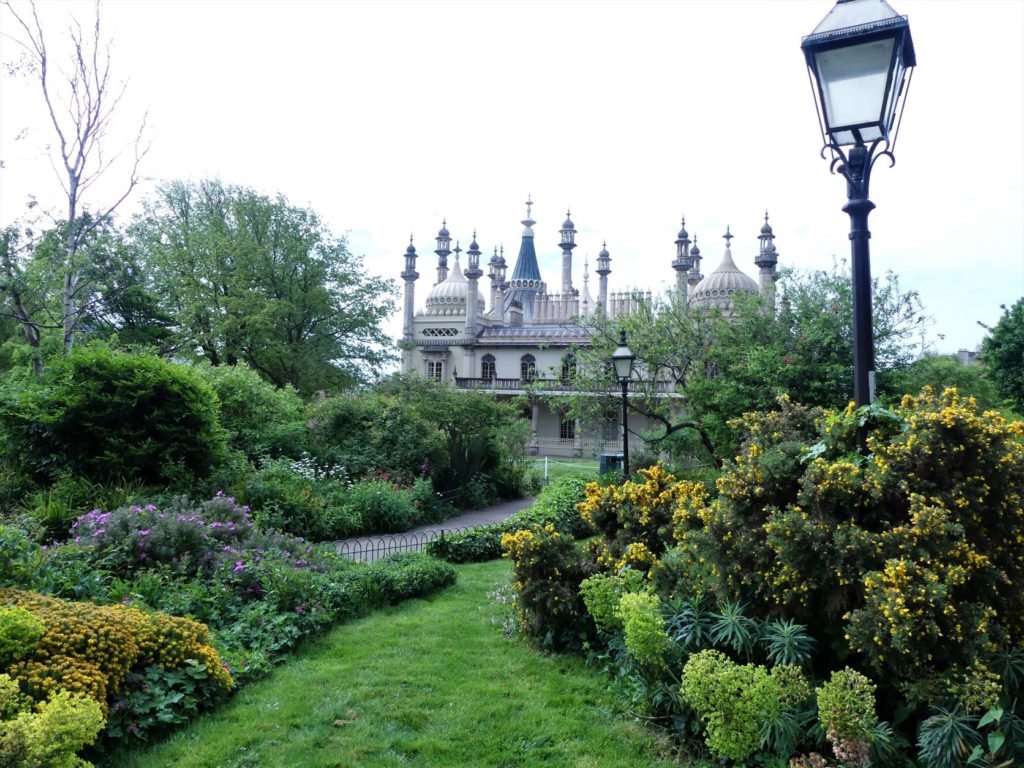


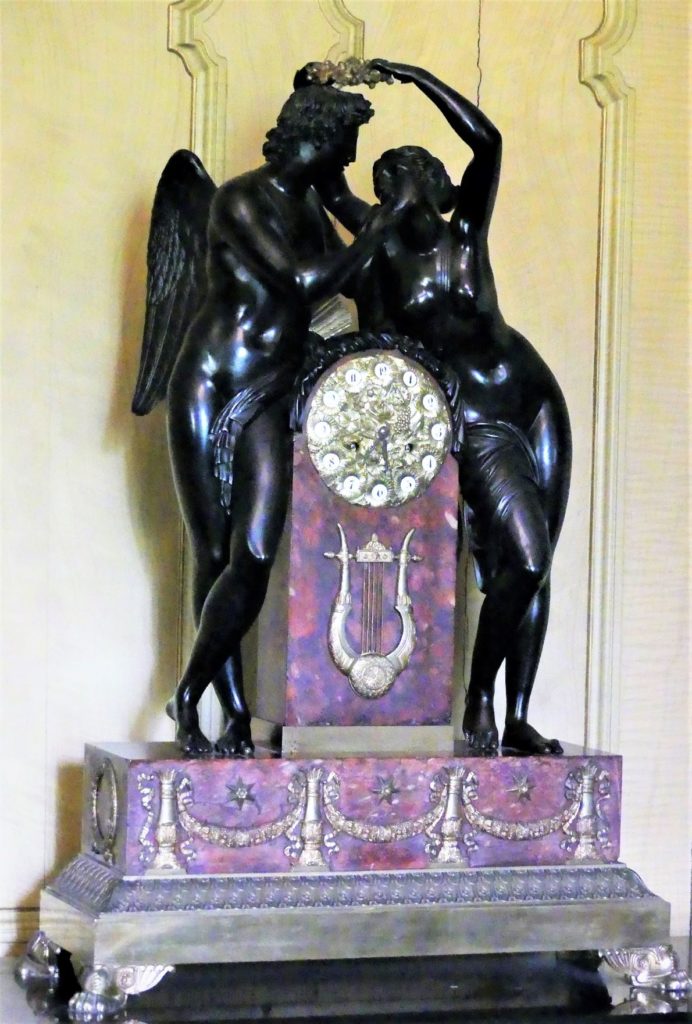

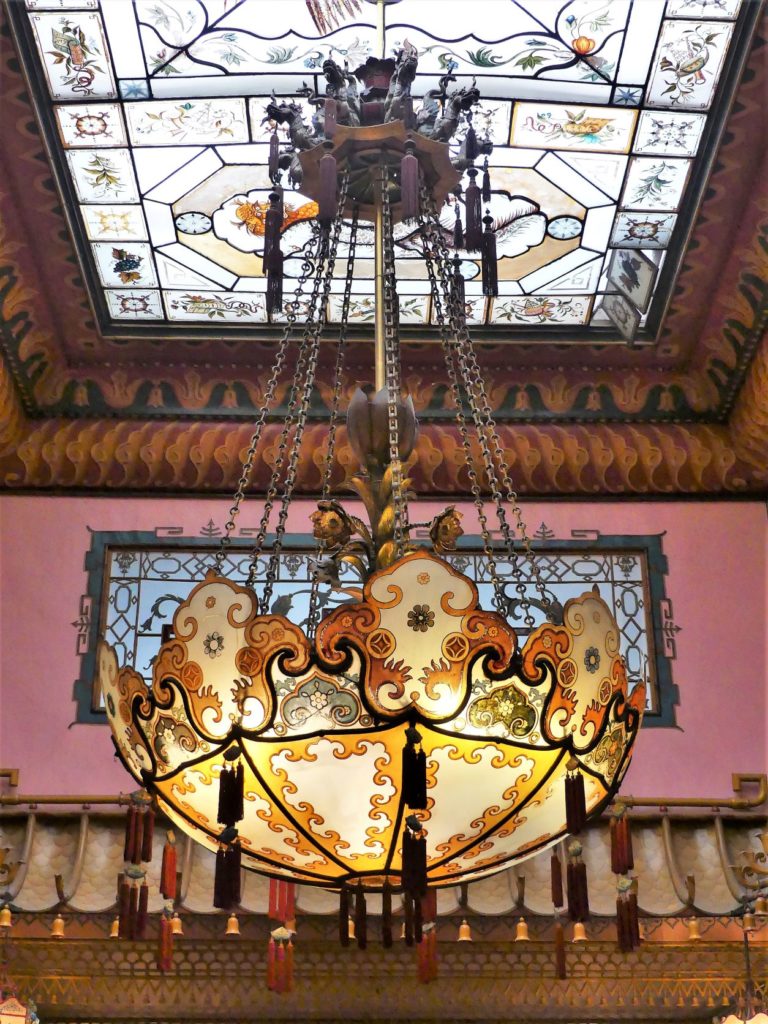







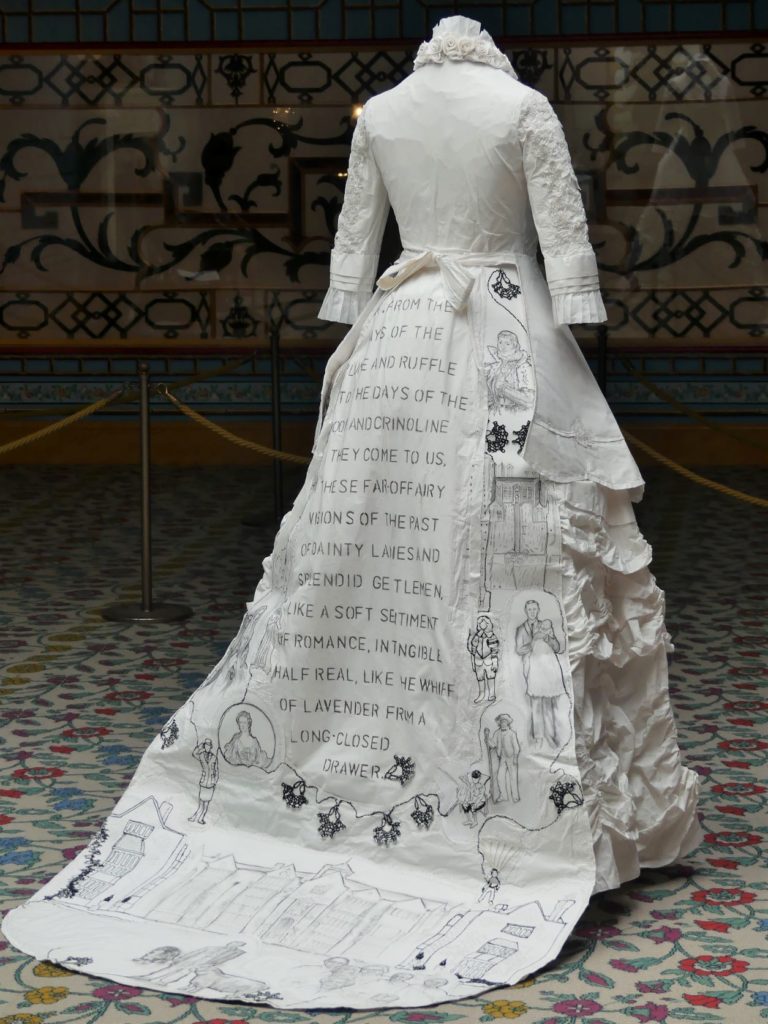

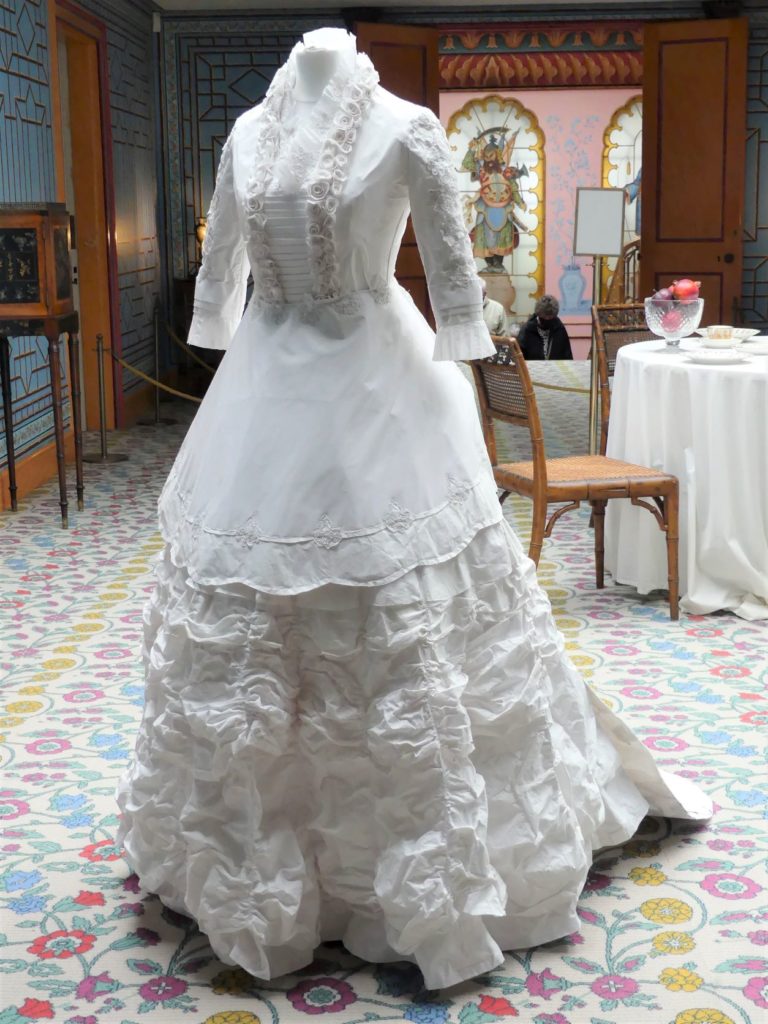
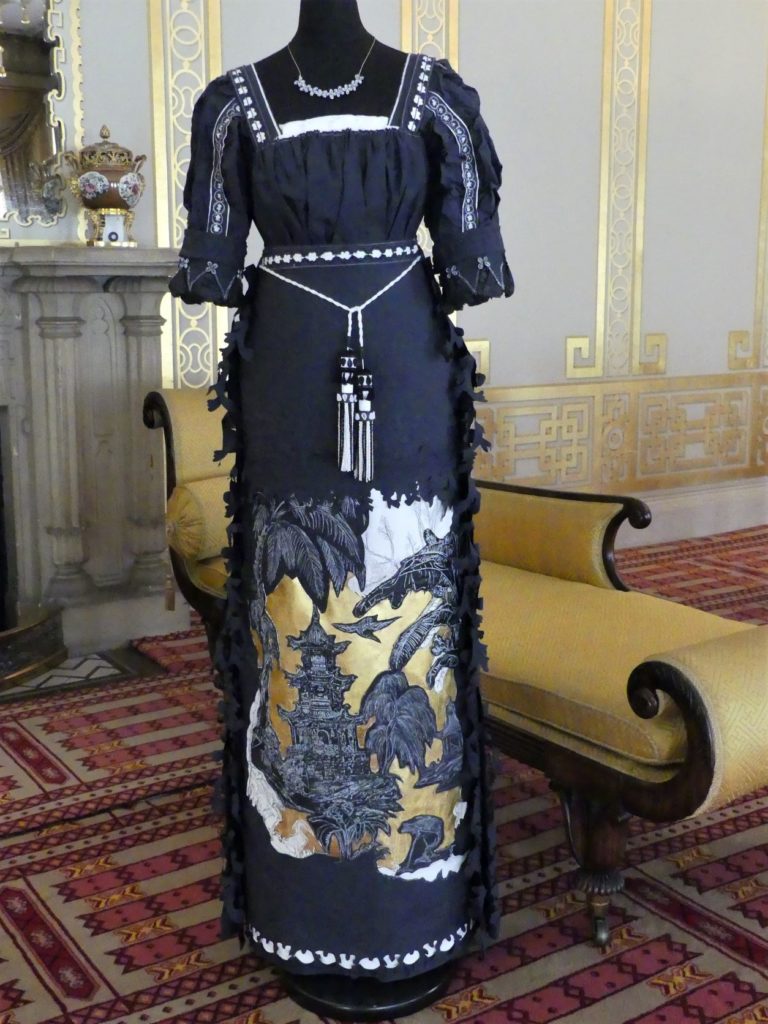
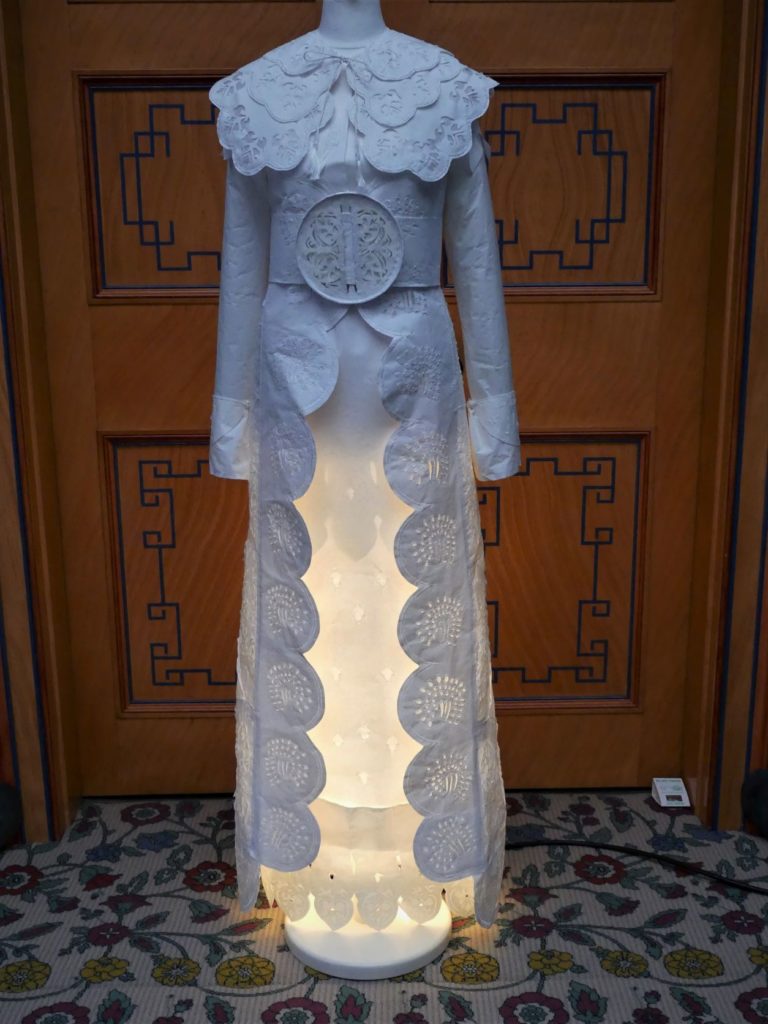
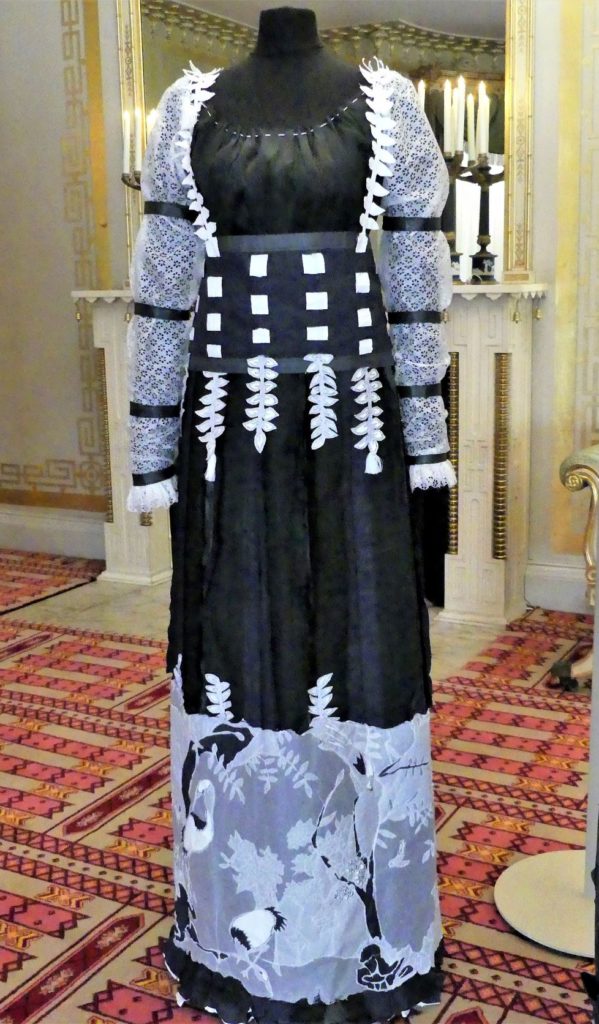
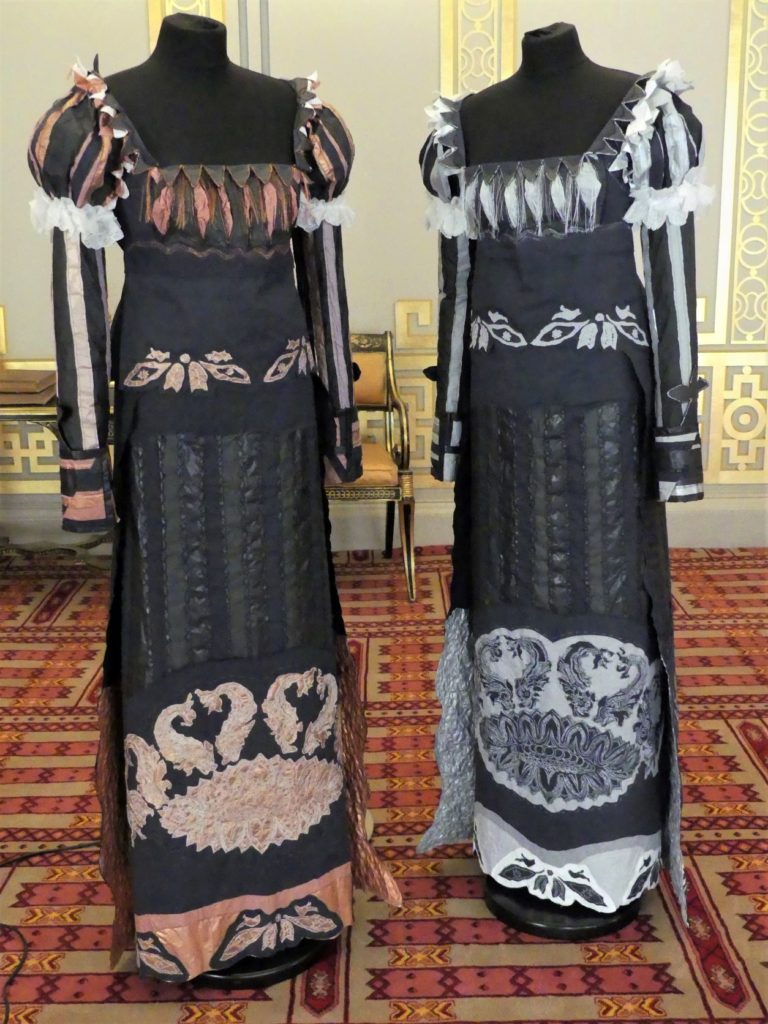
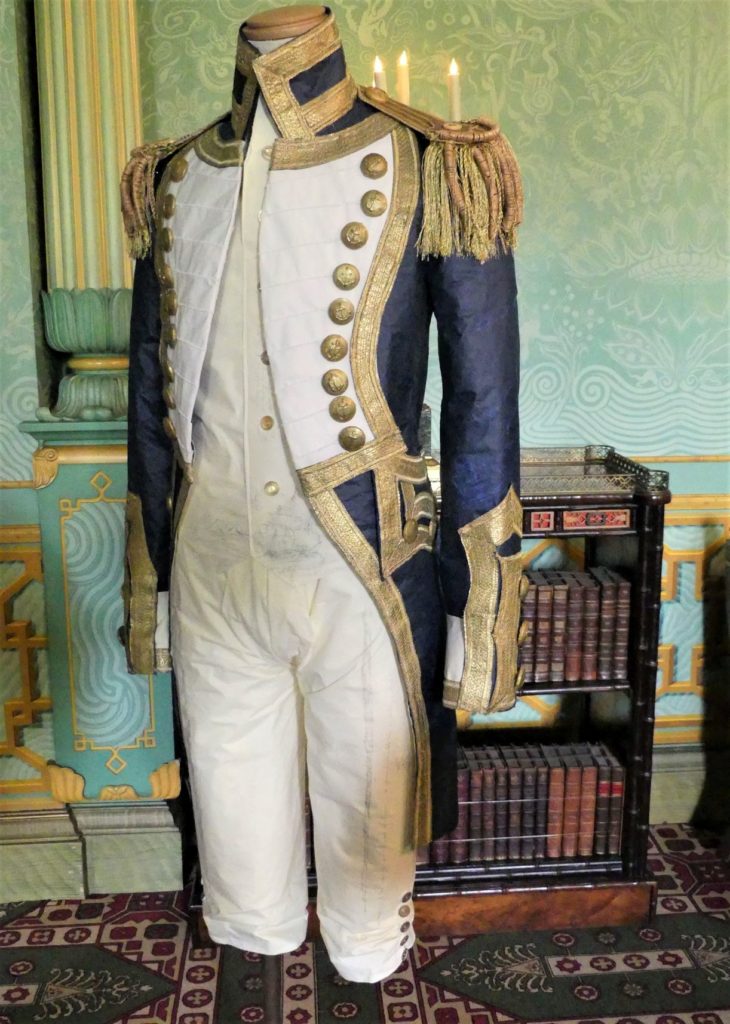
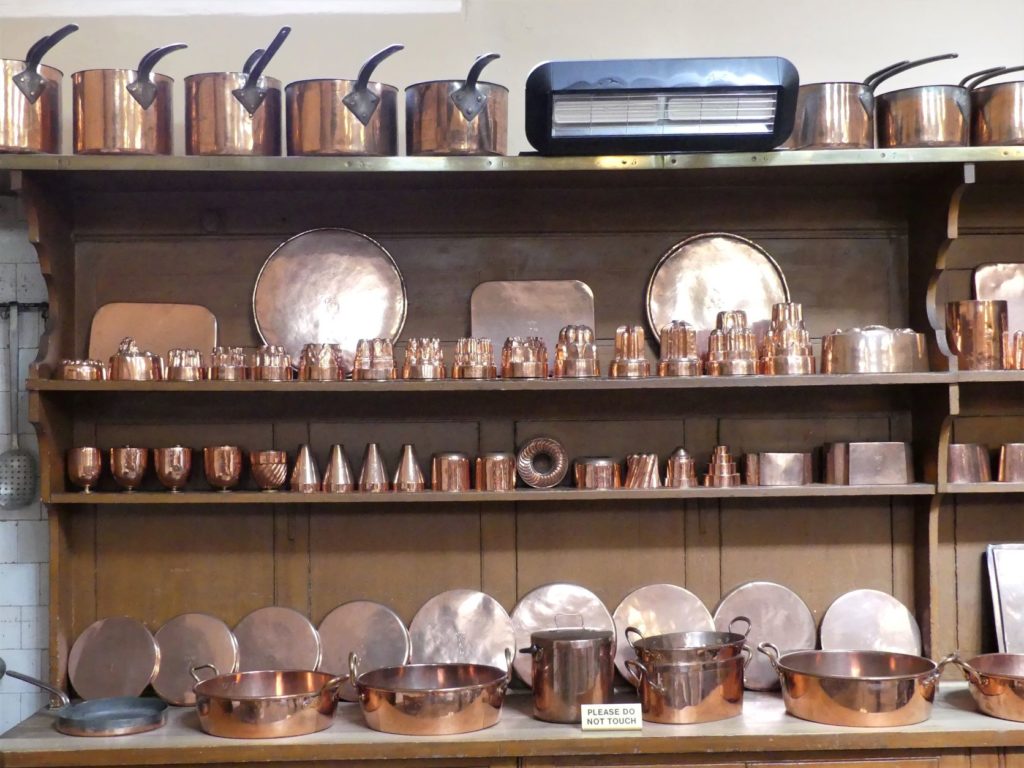
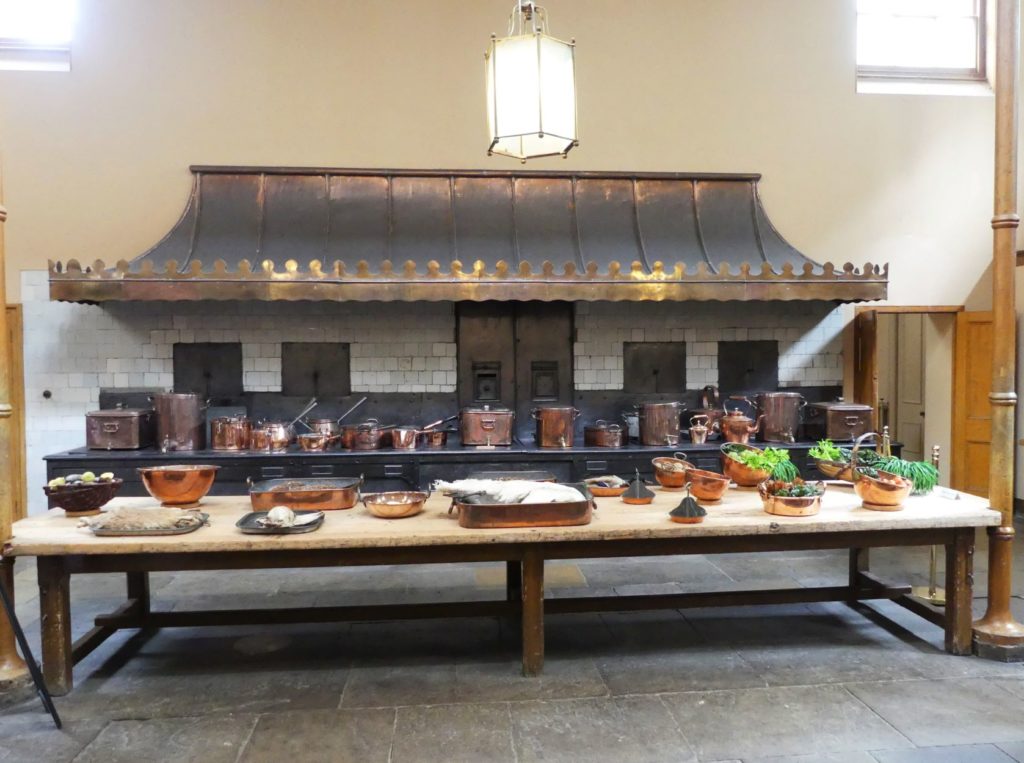
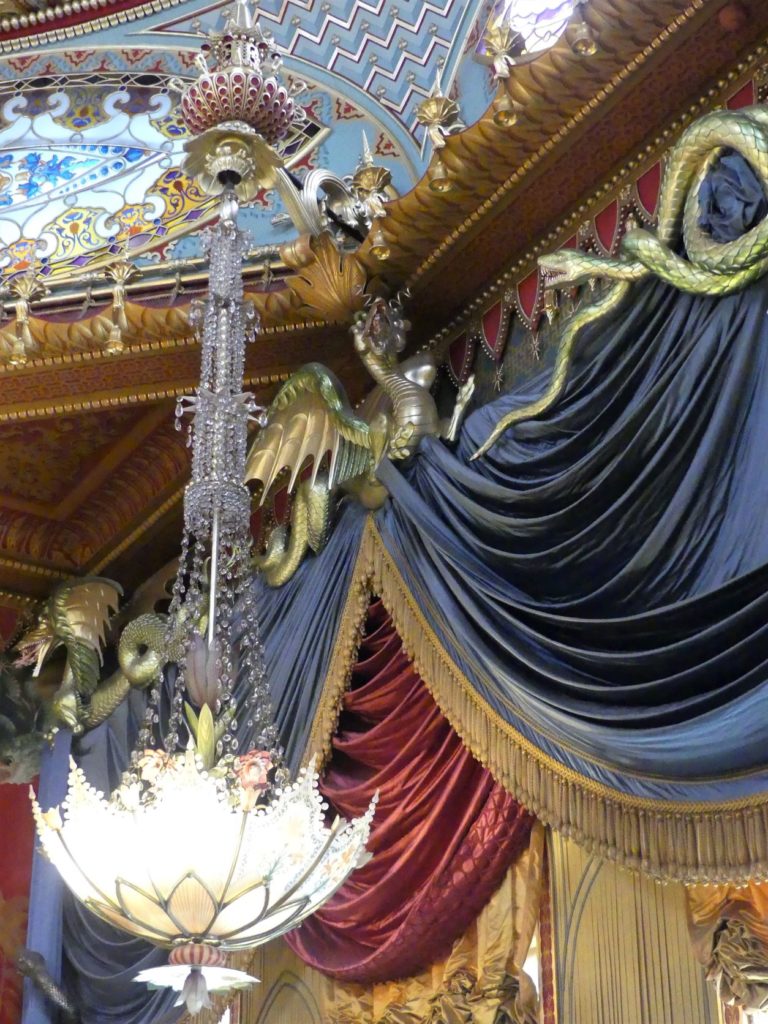


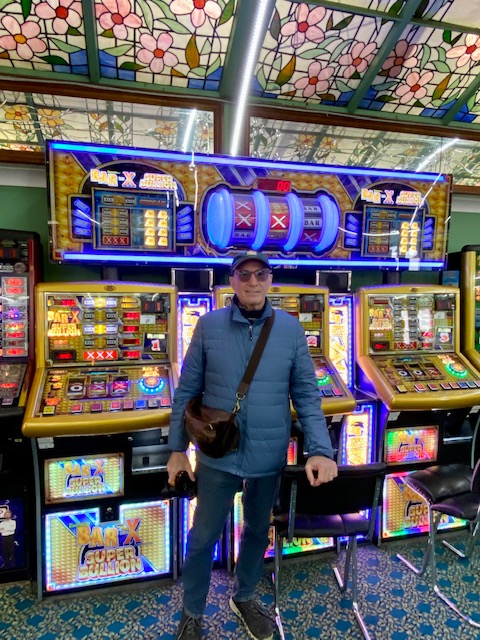
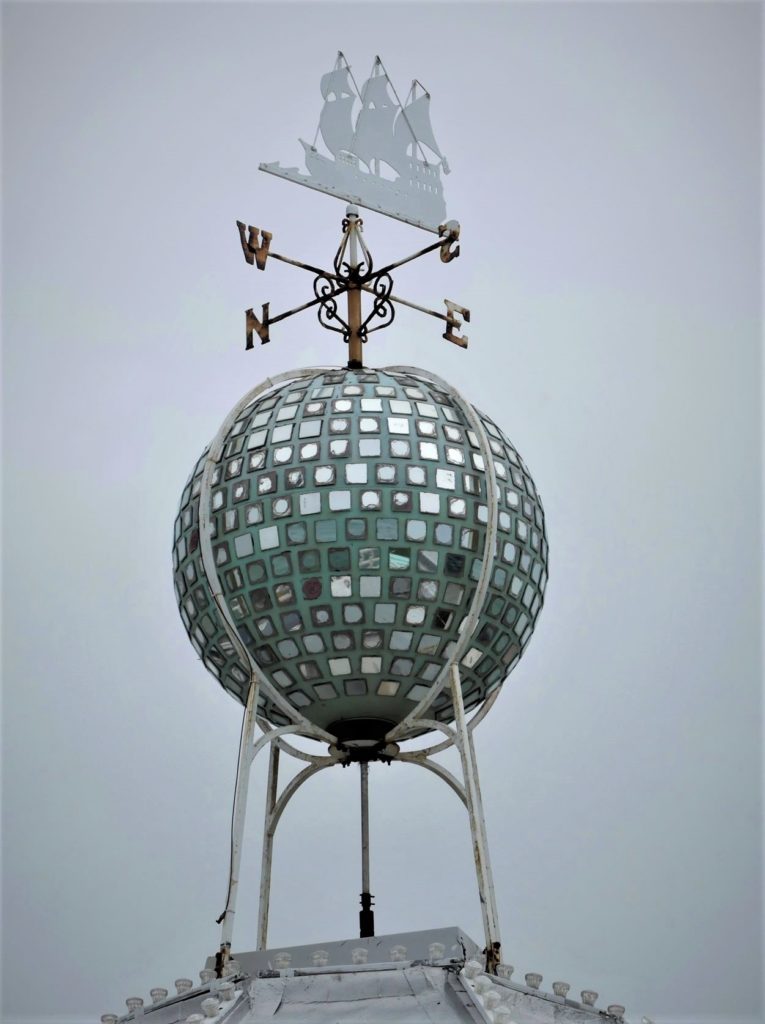
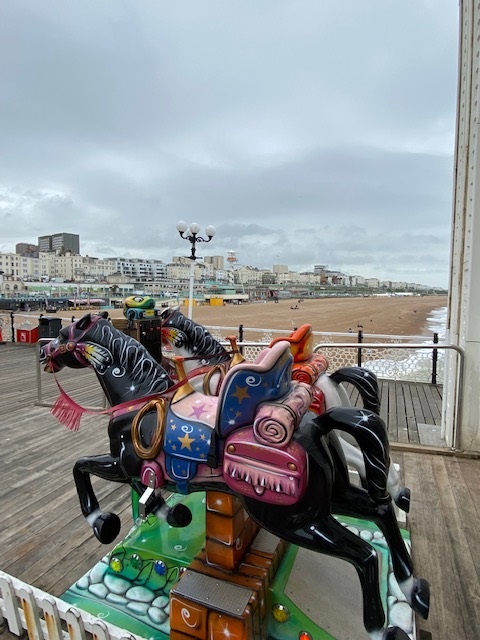
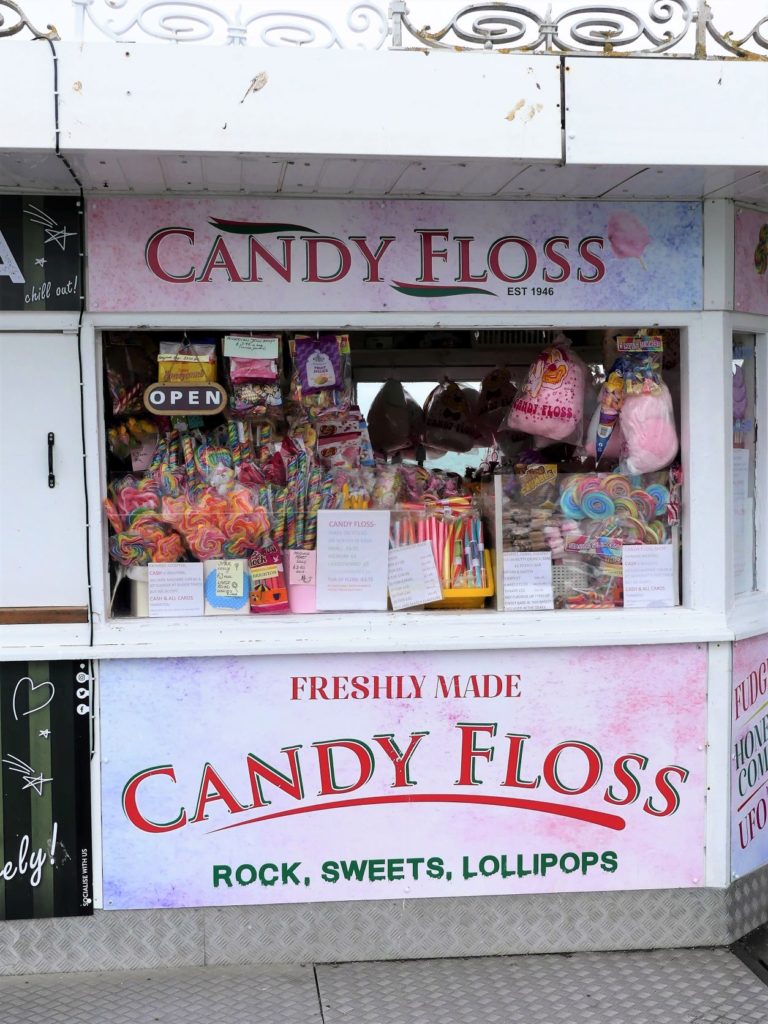

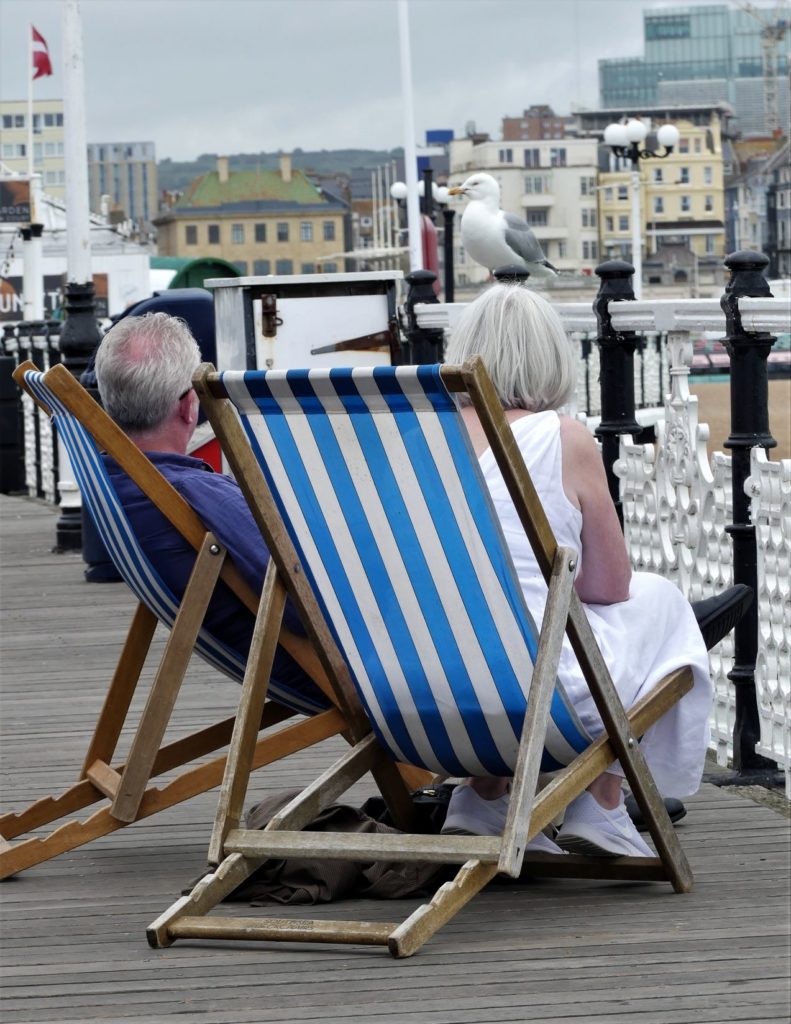
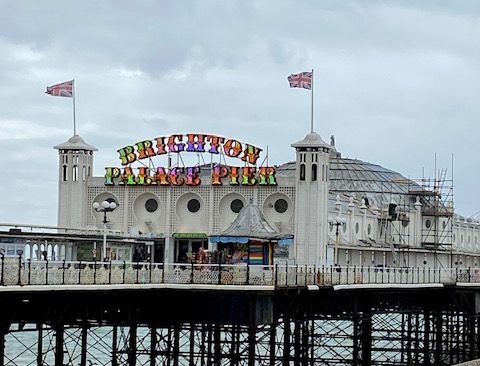
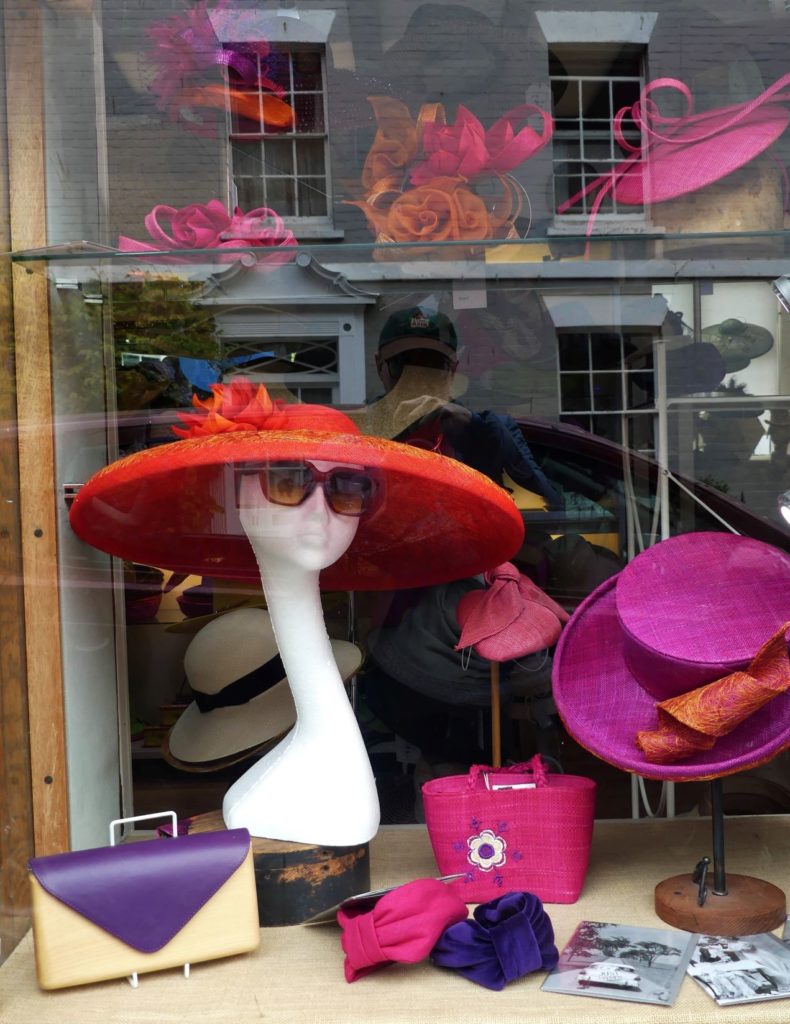
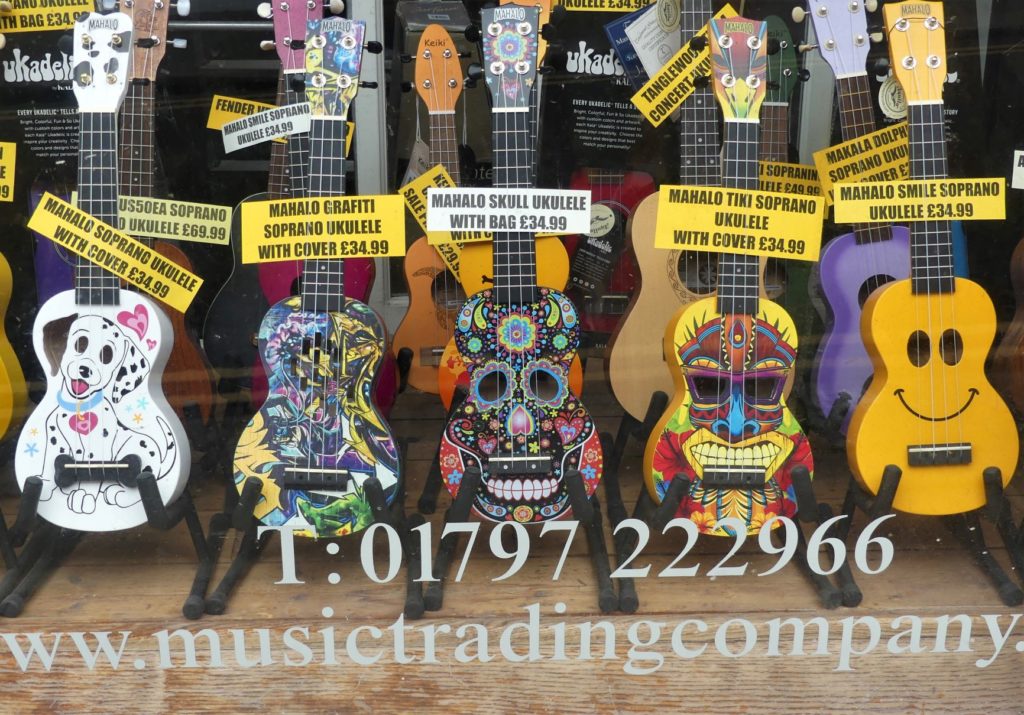
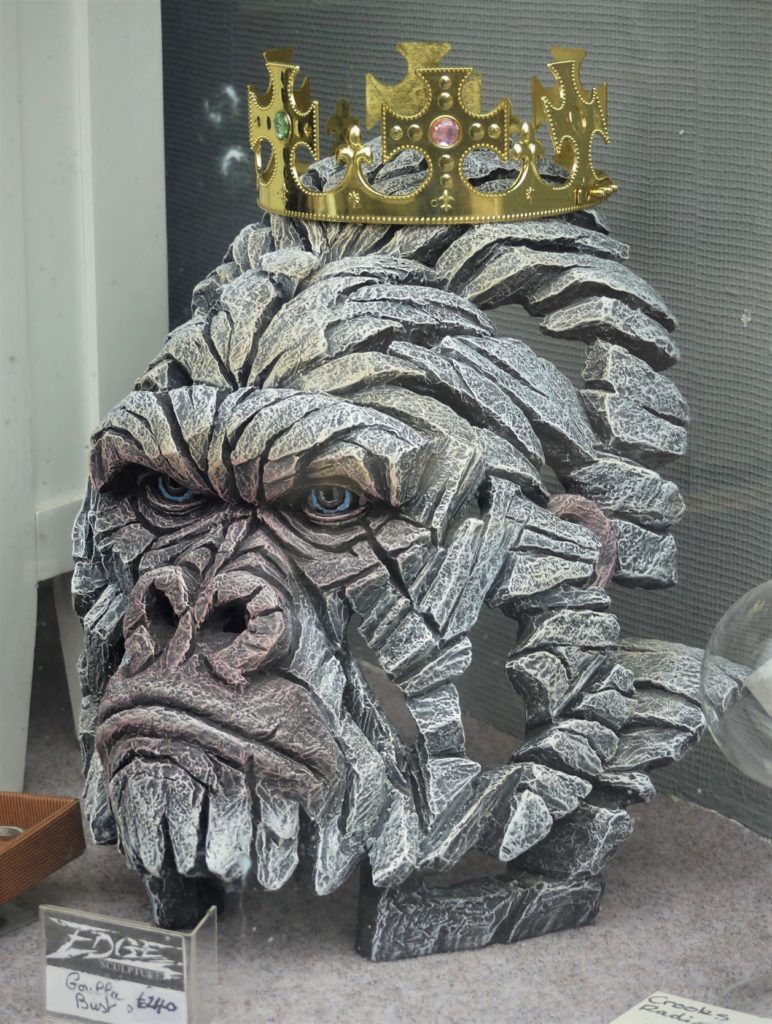

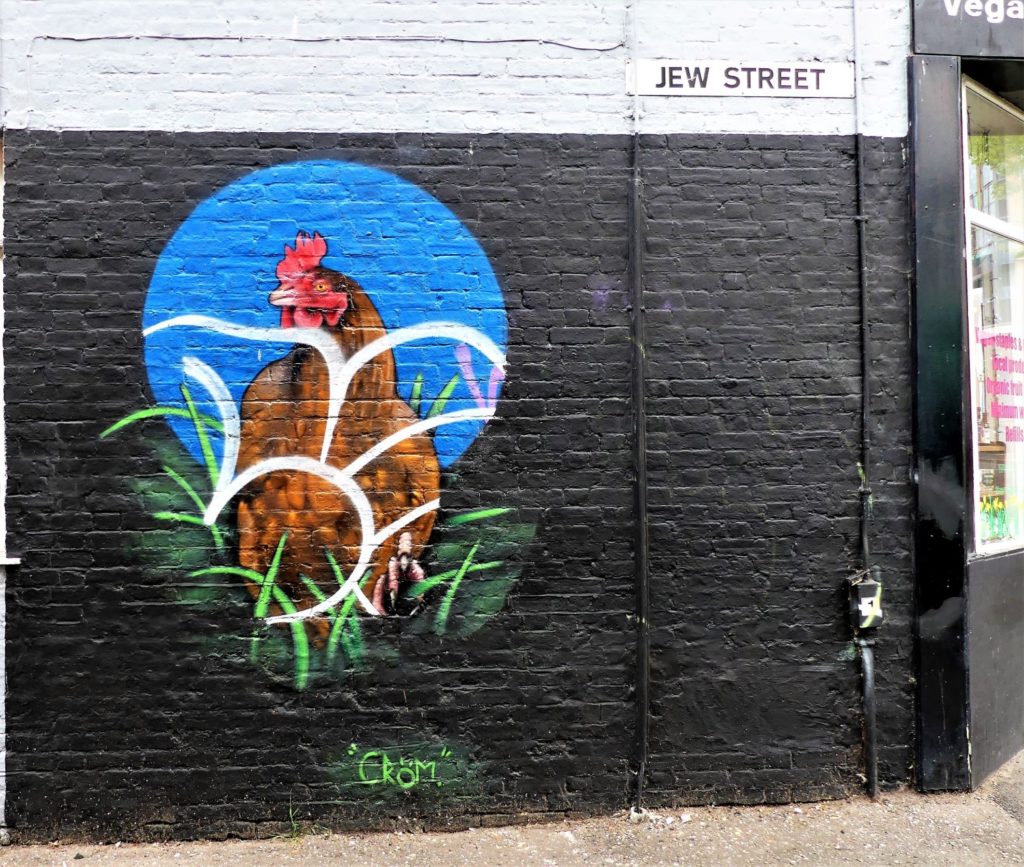
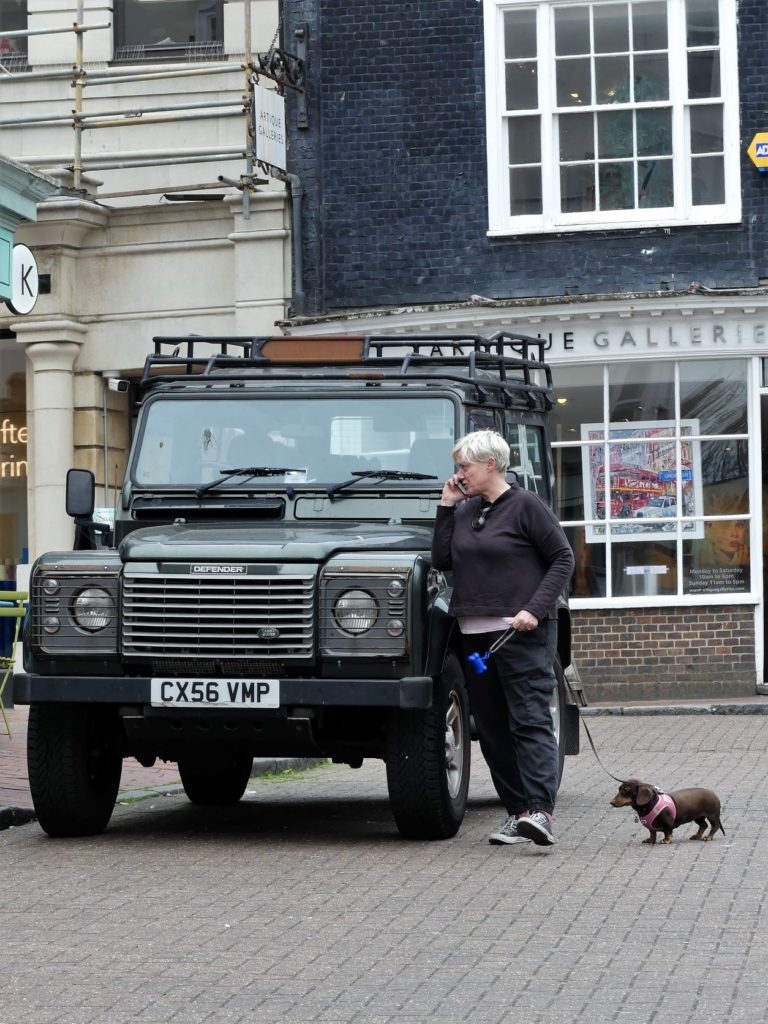


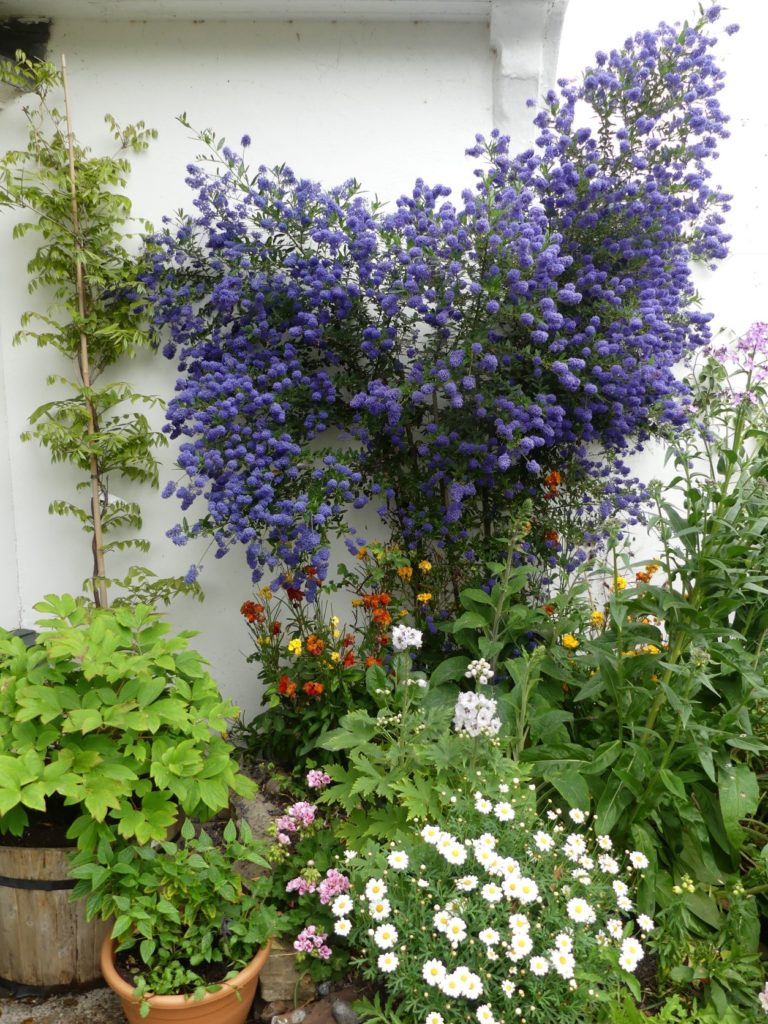

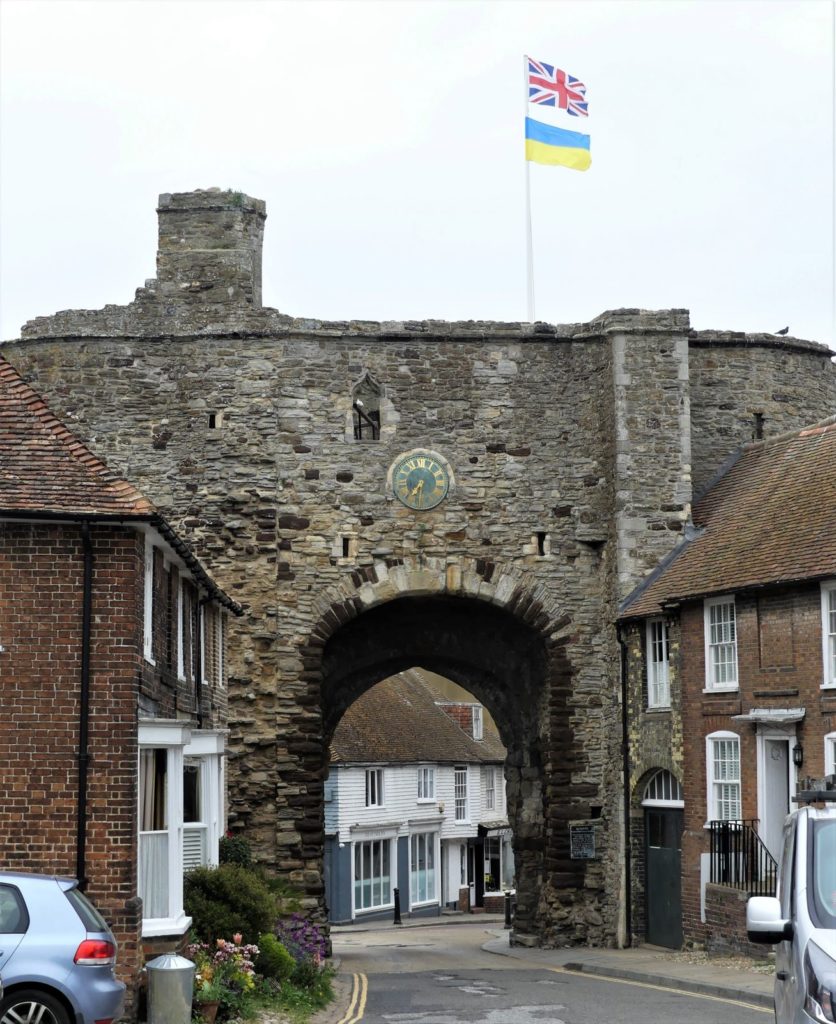
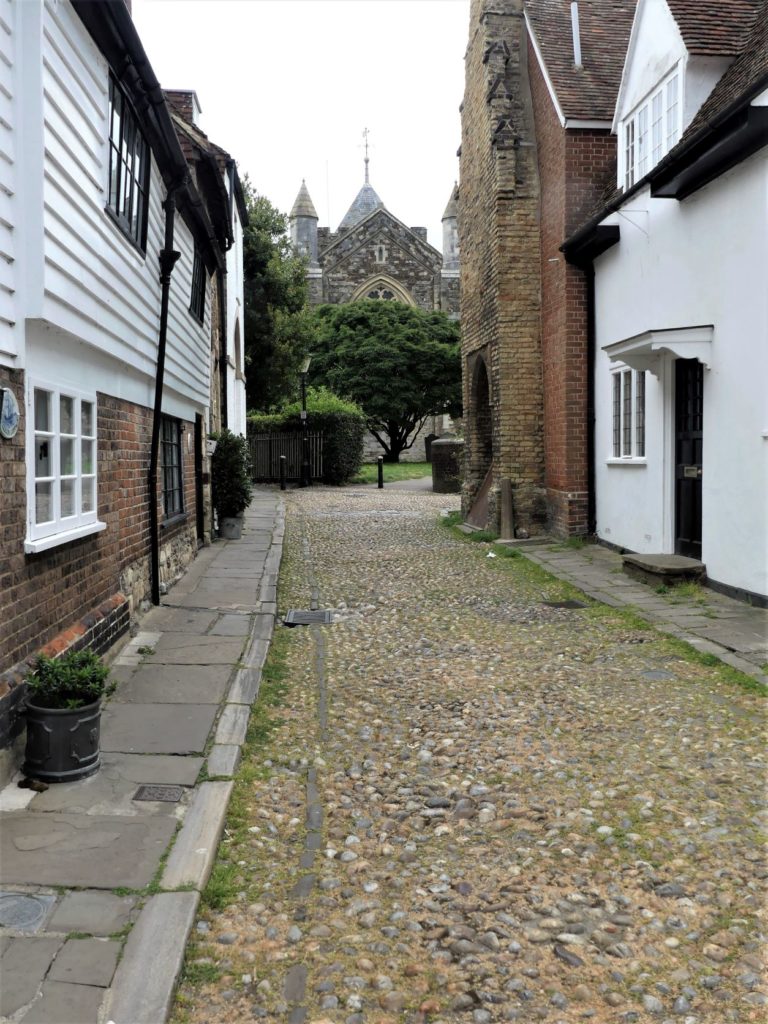


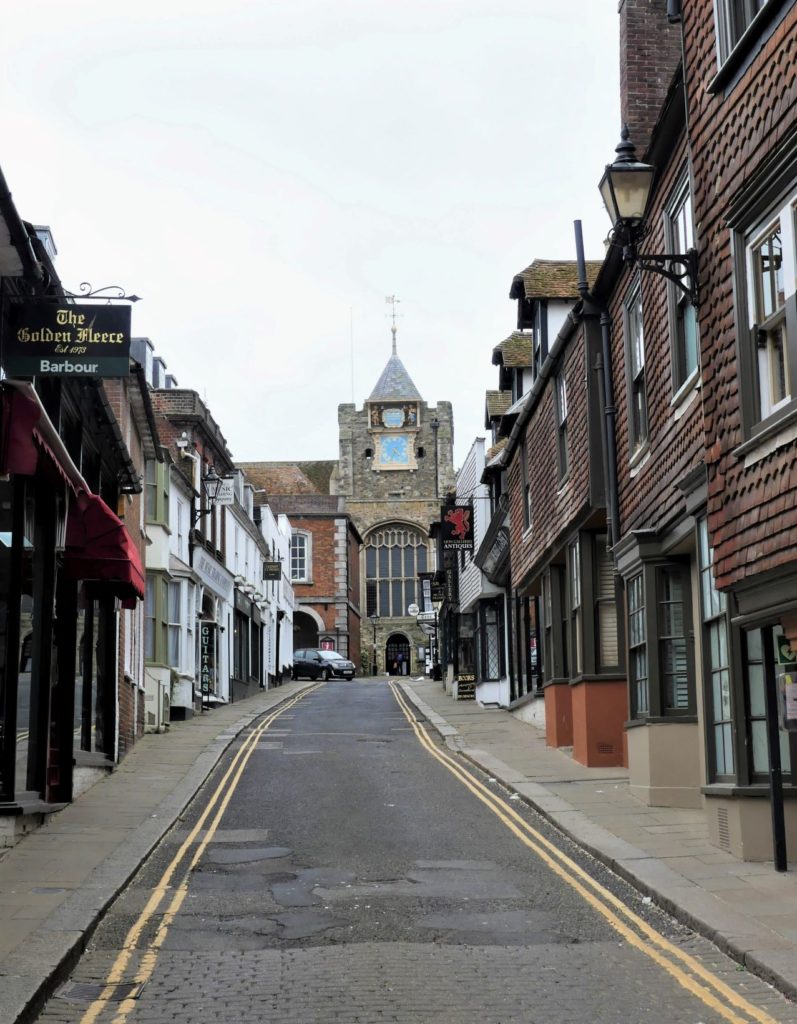
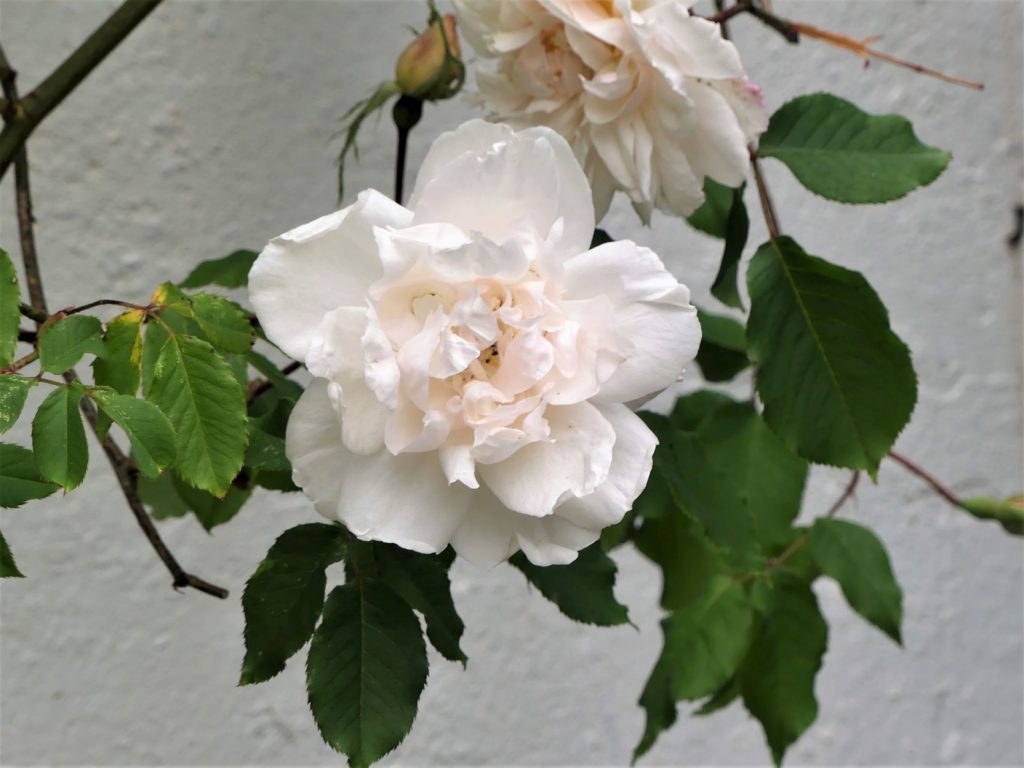
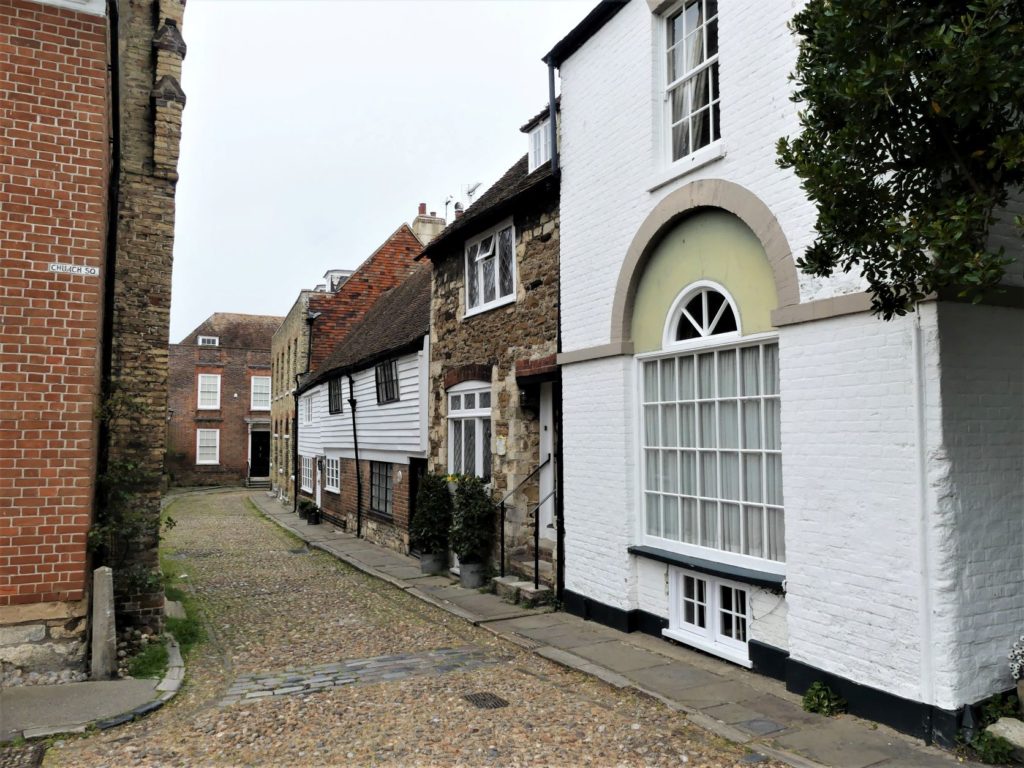

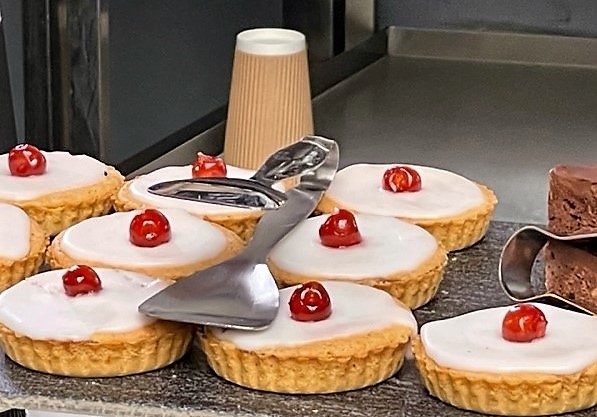




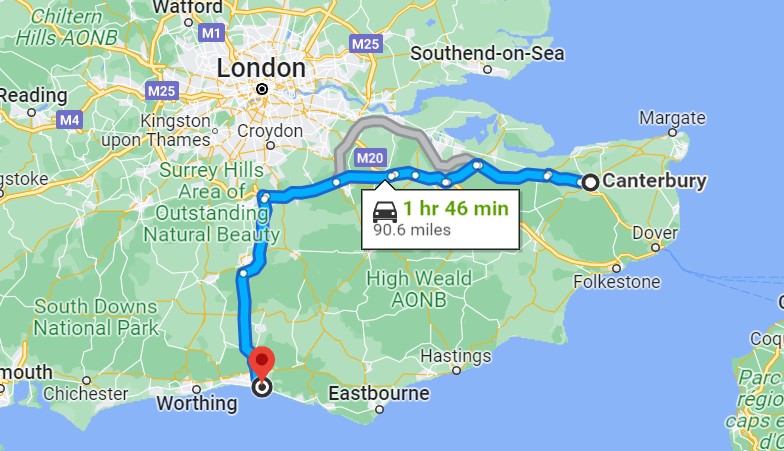
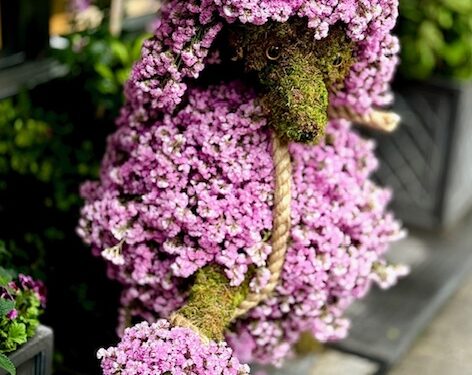


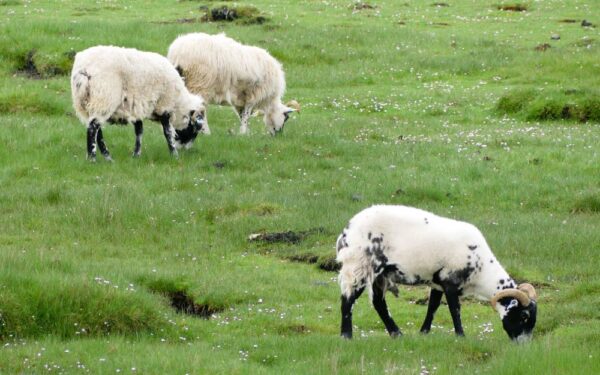
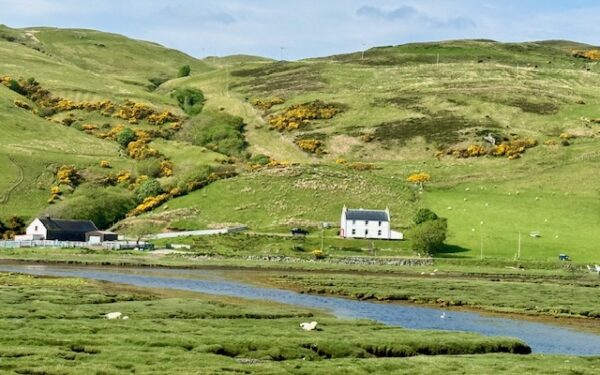
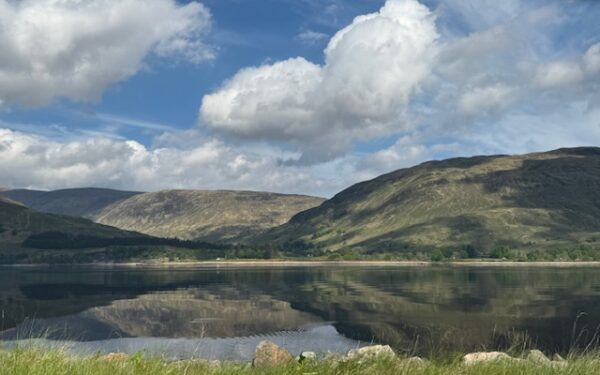
Wow! A house with more ornamentation than yours and mine! What a good time you had. I don’t think you missed much…
Great stuff, as usual. The fashions looked especially interesting. The food looked yummy! Looking forward to more!
that palace is crazy fun and how hilarious they sorta made it up- love the Shirt, david!
im still wanting to replicate this trip–